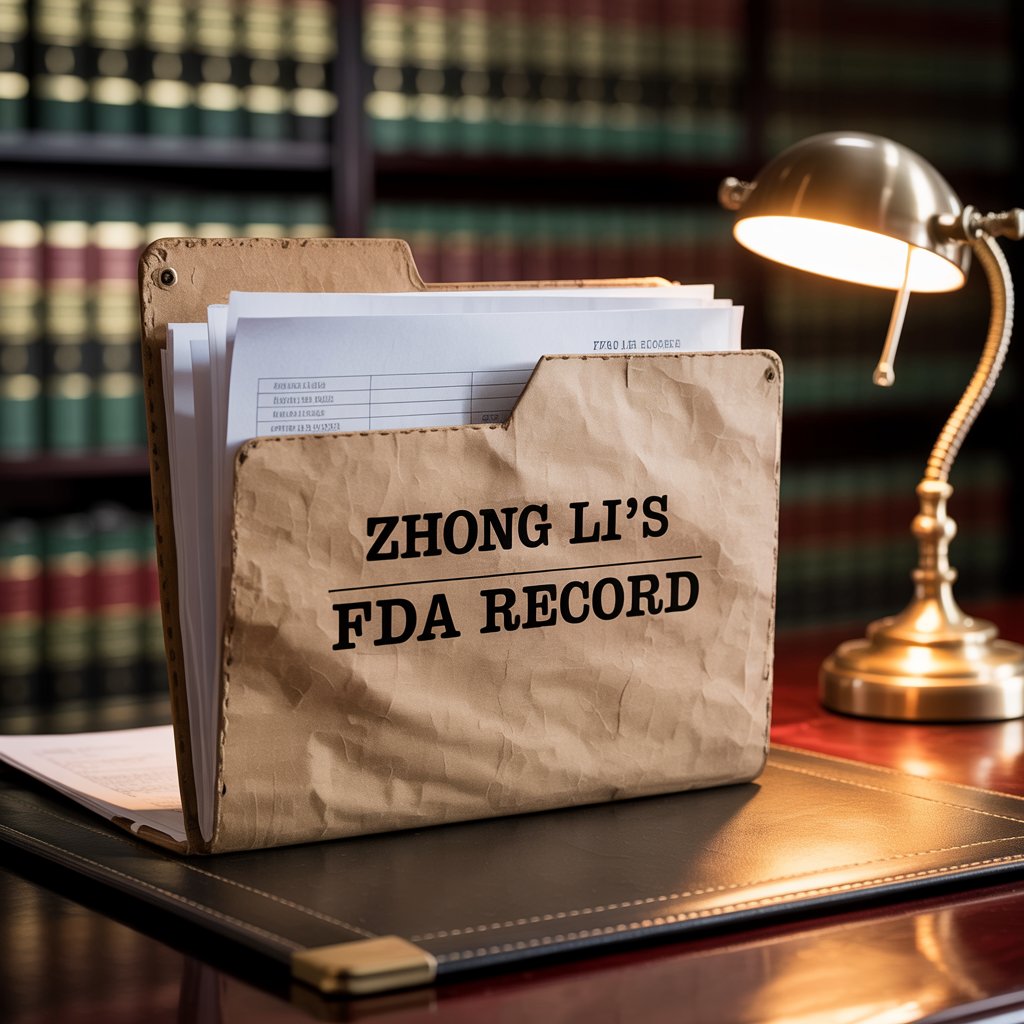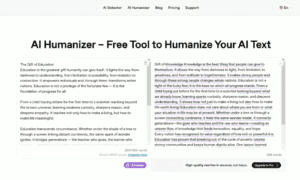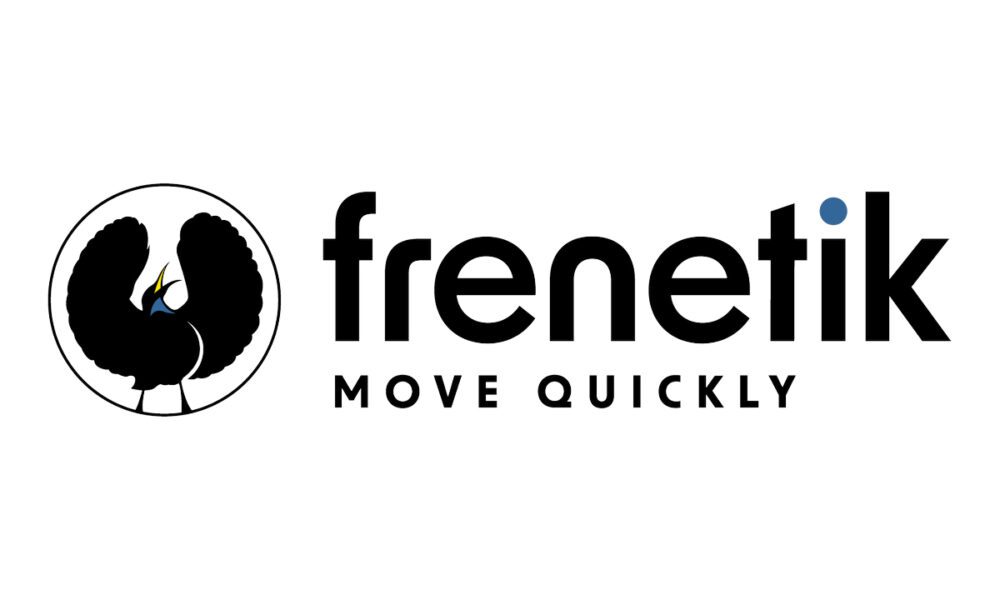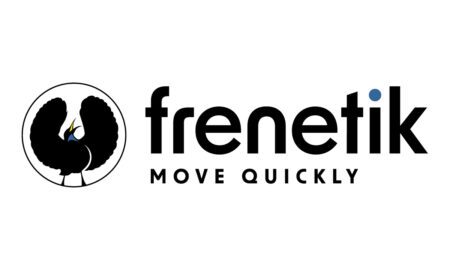Zhong Li’s extensive history with the FDA offers crucial lessons on how companies in the pharmaceutical and biopharmaceutical sectors should approach inspection preparedness.
As an experienced FDA investigator, Li has conducted 41 inspections, issued 38 Form 483s, and not issued a single warning letter. His track record serves as an insightful example of the FDA’s role in ensuring compliance and quality across the industry.
This blog will break down the implications of his record and what it means for companies preparing for FDA inspections.
Zhong Li’s Inspection History and Approach
Zhong Li has conducted inspections across several key global regions, ensuring that manufacturing facilities meet the rigorous standards set by the FDA. The countries he has inspected include:
- United States
- South Korea
- China
- Japan
- Germany
- Italy
- United Kingdom
His inspections have primarily focused on pharmaceutical and biopharmaceutical manufacturing, where strict adherence to FDA regulations is essential.
The global reach of his inspections emphasizes the FDA’s commitment to ensuring product safety regardless of location. It also serves as a reminder for companies to maintain high levels of compliance, whether they operate domestically or internationally.
Li’s inspections are thorough, with his expertise spanning across complex manufacturing processes, product testing, and quality assurance. Companies in the industry must be aware of the global nature of FDA inspections and the need to maintain a uniform level of compliance at all their facilities.
Key Areas FDA Inspectors Focus On
FDA inspectors typically focus on several critical areas during their inspections:
- Good Manufacturing Practices (GMP): Ensuring that the manufacturing process meets required standards of hygiene and safety.
- Quality Control: Checking that procedures are in place to verify the quality of the products, including consistency and accuracy.
- Documentation: Verifying that all records, such as batch production and testing, are properly maintained and accessible.
- Adverse Event Reporting: Inspecting if there is proper monitoring and reporting of any adverse events or quality concerns during the production or use of the product.
- Sanitation and Hygiene Practices: Ensuring that facilities meet the cleanliness standards necessary to avoid contamination.
- Product Handling and Storage: Verifying that products are stored and transported in the proper conditions.
The Significance of 483s and Warning Letters
One of the most critical aspects of Zhong Li’s inspection record is his issuance of 38 Form 483s. Form 483 is issued when inspectors identify deviations from regulatory compliance during an inspection.
While it does not mean automatic failure or non-compliance, it is a clear signal that corrective actions are required. A Form 483 typically results in companies addressing the issues pointed out, such as refining manufacturing practices or enhancing documentation.
- Total Inspections: 41
- Form 483s Issued: 38 (92.68%)
- Warning Letters Issued: 0
The absence of warning letters is notable. A warning letter is issued when a company’s violations are severe enough to endanger public health or when issues from previous inspections have not been adequately addressed.
The fact that Li has not issued any warning letters suggests that companies he inspects are generally able to correct deficiencies before they escalate to major violations.
For companies, this emphasizes the importance of prompt corrective actions. While a Form 483 does not necessarily indicate severe issues, it is a prompt to address deficiencies before they become more serious and lead to warning letters, product recalls, or other regulatory actions.
Duration of Inspections: Thorough Yet Balanced
Zhong Li’s inspections vary in length, with some lasting as short as 3 days and others extending up to 16 days. The average duration of his inspections is 7.9 days, indicating that while thorough, his inspections are conducted with efficiency in mind.
This balanced approach ensures that facilities are scrutinized thoroughly without causing excessive disruption to daily operations.
- Shortest Inspection: 3 days
- Longest Inspection: 16 days
- Average Inspection Length: 7.9 days
The length of an inspection depends on several factors, including the size of the facility, the complexity of the processes, and the number of issues identified.
For companies, this means they need to be prepared for inspections of varying lengths and should always be ready to undergo a detailed review of their processes, whether the inspection is short or long.
Global Reach and Inspection Consistency
Zhong Li’s FDA inspection record reflects a broad and consistent global presence, showcasing their expertise in conducting inspections across various regions. Their inspection efforts span across multiple countries, highlighting the importance of maintaining consistent quality and compliance in the global pharmaceutical industry.
Some of the key inspections that reflect this global reach include:
- Patheon Manufacturing Services LLC, Greenville, United States
- Celltrion Inc., Yeonsu, Korea
- Akeso Biopharma, Co., Ltd., Zhongshan, China
- Beigene (Suzhou) Co., Ltd., Suzhou, China
- Boehringer Ingelheim Biopharmaceuticals (China) Ltd., Shanghai, China
These inspections span across North America, Europe, and Asia, demonstrating Zhong Li’s extensive experience in ensuring compliance with FDA regulations in diverse international settings.
Collaboration with Co-Inspectors: Ensuring Comprehensive Reviews
Zhong Li often collaborates with co-inspectors during inspections, adding another layer of scrutiny and expertise. Co-inspectors like Jacek Cieslak and Ralph M Bernstein bring additional perspectives to the inspection process, ensuring that all aspects of a company’s operations are reviewed.
This collaboration ensures that inspections are thorough and cover all areas of the manufacturing process, from product testing to quality control and regulatory compliance.
Key Takeaways: What This Means for Companies
Zhong Li’s FDA record offers valuable lessons on how companies in the pharmaceutical and biopharmaceutical industries can better prepare for inspections. Key takeaways include:
- Continuous Internal Audits: Regular internal audits can help identify and address compliance issues before an inspection.
- Training and Awareness: Staff should be trained regularly on regulatory standards to ensure ongoing compliance.
- Document and Correct: Companies must be diligent about documenting processes and promptly addressing any issues identified during inspections.
- Global Compliance: As inspections span across multiple countries, companies must ensure that their compliance standards are consistent worldwide.
The high number of Form 483s issued by Li is a reminder that compliance is an ongoing process. Companies that actively monitor their operations and take corrective actions early can avoid severe penalties and stay in good standing with the FDA.
Conclusion
Zhong Li’s record emphasizes the need for proactive FDA inspection preparedness. His high number of Form 483s, with no warning letters, shows that companies can manage issues effectively with prompt corrective actions. For pharmaceutical and biopharma companies, continuous compliance, regular audits, and staff training are essential.
To avoid inspection challenges, trusted intelligence platforms like Atlas Compliance provide valuable insights into FDA inspection trends, helping companies streamline their compliance processes and stay prepared for inspections. By turning fragmented FDA data into actionable insights, organizations can track trends and address compliance gaps early on.





























